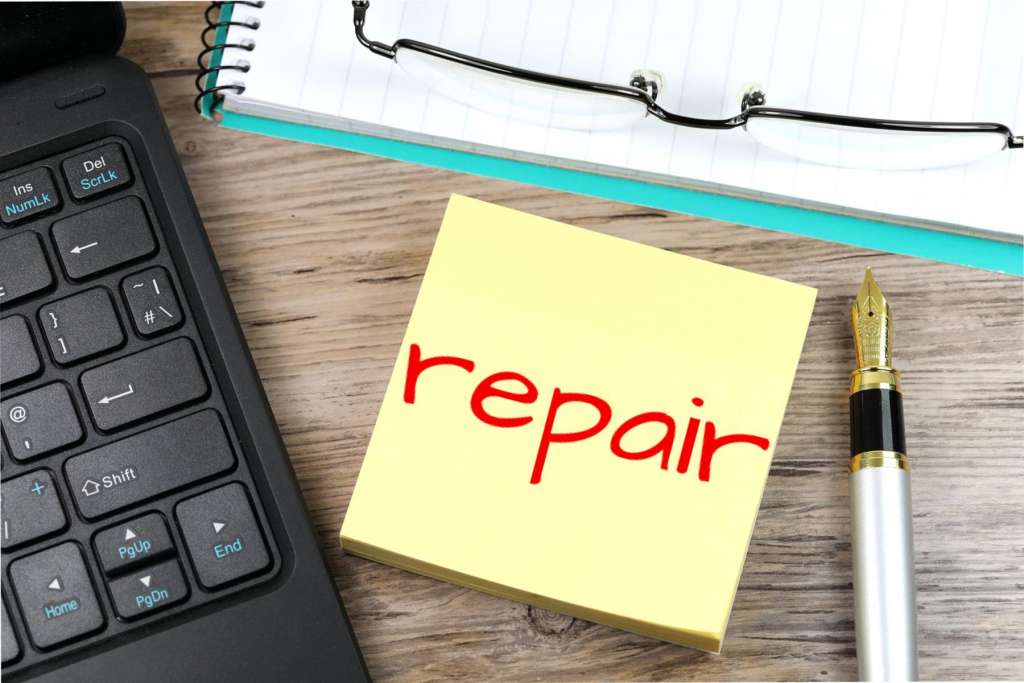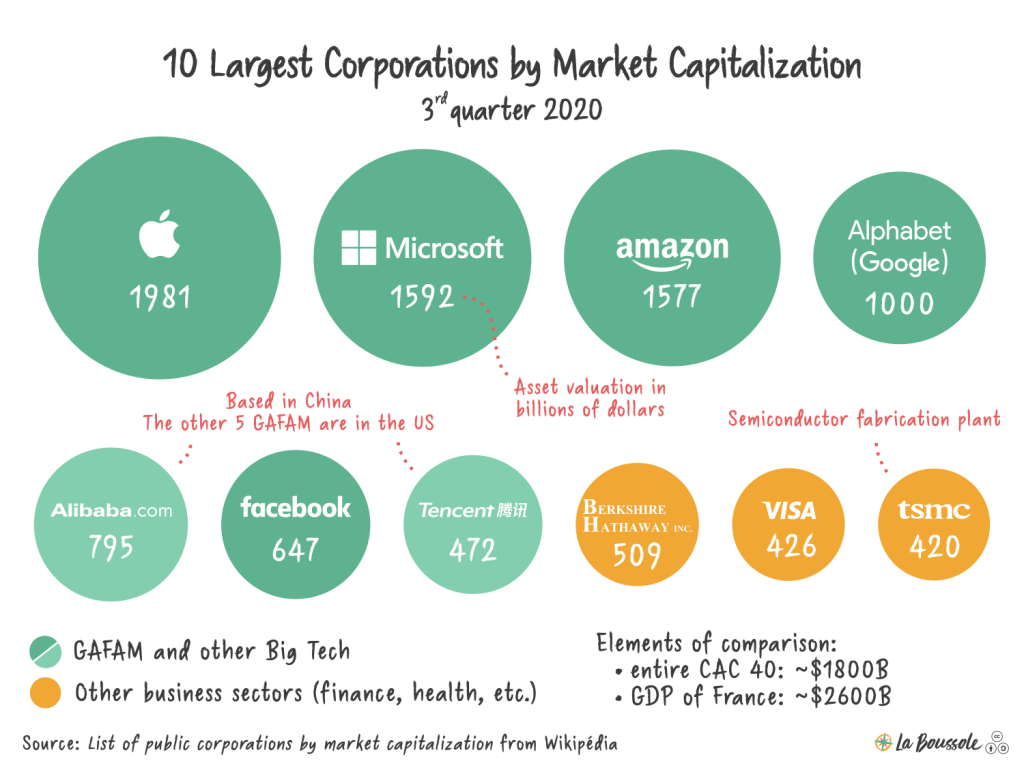Almost two and a half months ago I wrote a blog about the “right to repair”, how manufacturers have fiercely resisted changes that enable easier repairability of devices as well as possible reasons for these practices, how these actions are detrimental for our environment and further broaden social and economic inequality and wondered whether in the future we might have a repair labelling system to guide consumers towards durable, repairable products. Since then, some events in the European Union (EU) have developed in such a way that compelled me to write a second part on this issue.

Last month, the European Parliament adopted a resolution, led by the Green Party, on a more sustainable Single Market, with 395 MEPs voting in favour, 94 in opposition and 207 abstained from voting. The resolution aims to aggrandise sustainability by promoting reuse and repairs, and addressing practices, like the ones mentioned in the previous blog, that diminish the lifespan of products. In reality, that possibly means:
“…extending guarantees, providing guarantees for replaced parts, or better access to information on repair and maintenance.”
European Parliament press room
Furthermore, MEPs have echoed their demands for a common charger system in order to reduce waste and have also called for products to be labelled according to their durability. They have also mentioned the importance of boosting the EU ecolabel to avoid manufacturers and other groups from publishing “environmentally friendly” claims without actually having norms or principles to which to adhere. Case in point is the fact that companies such as Amazon and eBay, take pride in their claimed sustainability while they freeride, because they are not considered retailers or producers, and thus do not have to adhere to the collection and recycling of e-waste. Nevertheless, as a consequence of this resolution, the European Commission now has complete support of the European Parliament and it can therefore advance with its European Green Deal, which is a plan to make the EU’s economy sustainable.
However, the resolution was not achieved quite effortlessly. In fact, conservative and liberal parties in the European Parliament boldly tried to attenuate the original (and more aspiring) report weeks before – a process that clearly shows some MEPs’ acquiescence of manufacturers’ lobbying and a rejection of the EU’s populace desire for a “right to repair” (77% of EU citizens would prefer to repair their devices than replace them and 79% believe that manufacturers ought to be legally obliged to ease the repair of digital devices).

The way manufacturers keep looking for alternatives to either undermine or influence policymaking in the EU on the “right to repair” or otherwise is mindboggling. A New York Times report from today uncovering a leaked document detailing Google’s plans to undermine new (tech) legislation in the EU shows the relentless ways “big tech” is opposing further regulation. On the matter of lobbying, the report further disclosed that:
“In the first half of 2020, Google, Facebook, Amazon, Apple and Microsoft declared spending a combined 19 million euros… equal to what they had declared for all of 2019.”
Big Tech Turns Its Lobbyists Loose on Europe, Alarming Regulators – NYT
Finally, it is great that the EU is moving towards a more sustainable future, but there are challenges ahead. If you wish to join the campaign for the “right to repair”, follow this link and I hope you enjoyed reading this blog.


Thank you for such an insightful blog. I am glad to hear that the EU keeps moving forward to make the future less polluted. I am for the campaign the “right to repair,” and steps should be taken to change the ‘fuel’ (rapid production of the slightly different newer model) of the technology advancement business. I understand that this would significantly damage the big corporations, and they will try to avoid it. Despite that, there should be an emphasis on making technological products last longer without any repair. My grandparents still have a working refrigerator(that to date didn`t need any repairing) made 45 years ago outside of the USSR and then imported to Lithuanian(occupied by the Soviets at that time). It was made by the company that produced refrigerators for both the capitalist market and the socialist one. And the refrigerators the company made for the USSR were constructed to last longer without a need for any fixing, compared to the ones they made for the capitalist market. Hopefully, more companies can start to consider not the financial gain, but start caring about global pollution and stop trying to go against politicians advocating for policies such as the “right to repair.”
Thanks for your article! I totally agree with you. I think it’s stupid when buying a device is cheaper than repairing it. Sometimes it’s not that easy to keep each device easily fixable. For example. our smart phones and laptops got flatter during the years after making some changes in the design of all the parts in them. In 2011 I got my first smart phone, a HTC, and that thick device was easily repairable. I was able to change the battery myself without having any knowledge in repairing phones. My next phone, also a HTC, was different. It was flatter, water proof and the performances of the processor and battery where better than the ones in my old phones. But when opening the phone, the rubbers inside got damaged so it wasn’t water proof anymore. The battery was not replaceable because they installed a heat sink on it so that the battery and processor kept cool. And when people prefer flatter devices, I understood why some devices weren’t repairable (by ourselves) because the technical designs didn’t allow us do-it-yourself repairs. Instead, do we really need flatter devices? New techniques like SSDs that are much flatter than the old hard disks also help in the process of making flatter devices while they’re well replaceable when broken. Sometimes it’s a matter of being patient! 🙂